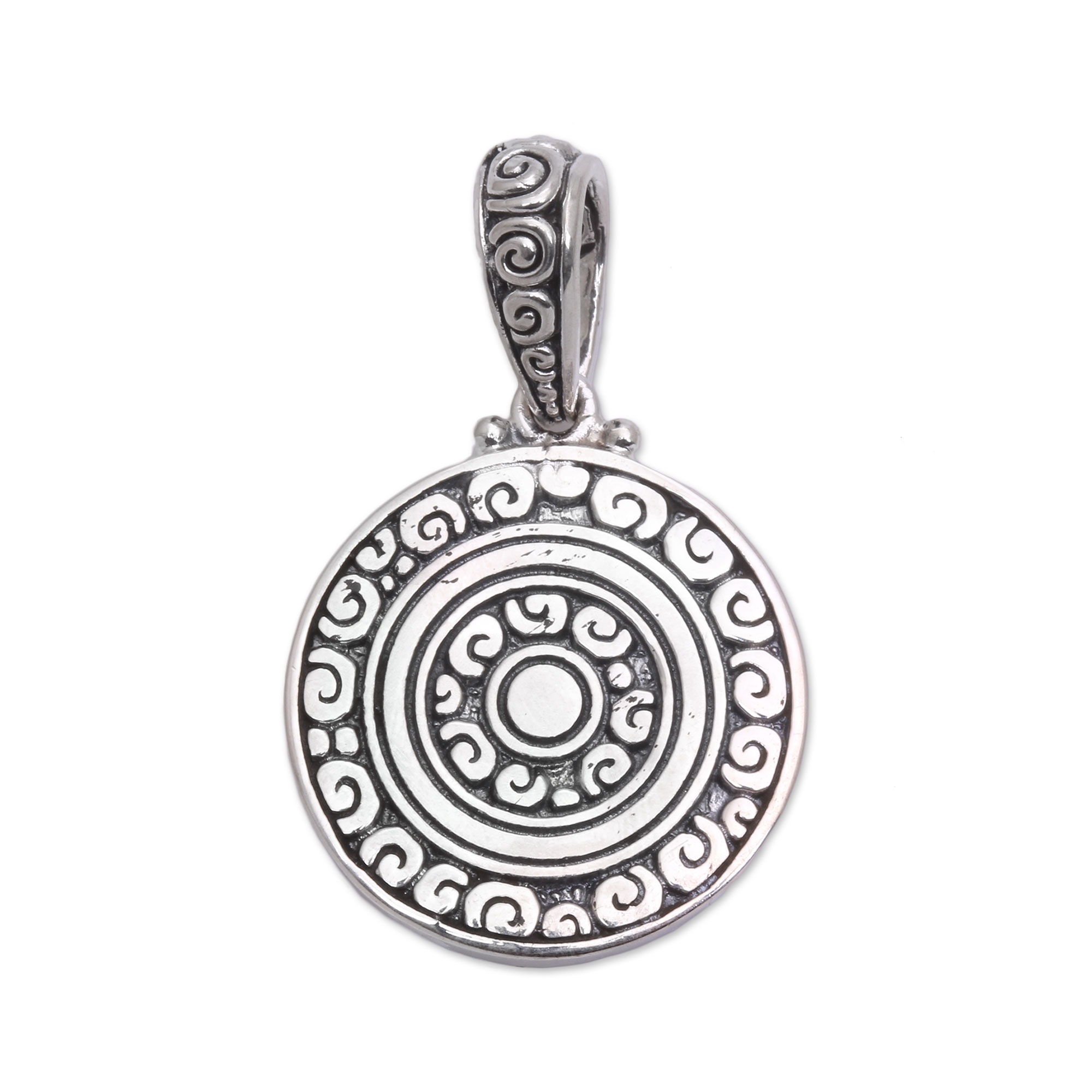Imagine a canvas painted with the softest hues of dawn, where mist gently unfurls to reveal an ancient, majestic silhouette rising from the lush Javanese landscape. This is Borobudur, a UNESCO World Heritage site, and one of the world’s most breathtaking Buddhist temples. More than just a marvel of engineering and spiritual devotion, a journey here offers an enriching encounter with local life, particularly through its vibrant Borobudur temple fair trade products. Stepping onto its hallowed stones is to embark on a pilgrimage, not just through history, but into the heart of a community dedicated to preserving its heritage and sharing its artistry with the world.
Highlights: A Spiritual Awakening Amidst Nature’s Embrace
The true magic of Borobudur unfolds at sunrise. Picture yourself ascending the temple’s tiered platforms in the pre-dawn darkness, the air cool and crisp. As the first rays of light pierce the horizon, they illuminate hundreds of Buddha statues, each nestled within intricate stupas, and reveal the sprawling, emerald-green plains below, framed by the distant, often smoky peaks of Mount Merapi and the serene Menoreh Hills. The atmosphere is undeniably spiritual, a profound sense of peace washing over you as you witness a spectacle that has inspired pilgrims for centuries. Isn’t it incredible to stand where ancient kings once sought enlightenment?
Beyond the architectural grandeur of the temple itself, with its detailed relief panels narrating tales of Buddhist cosmology, the surrounding natural scenery is equally captivating. The volcanic soil nurtures a vibrant ecosystem, from rice paddies that shimmer like liquid emeralds to small, traditional villages where life moves at a gentle pace. Here, cultural highlights aren’t just confined to the temple walls; they ripple through the everyday lives of the Javanese people. Local experiences might include witnessing a traditional dance performance, learning about the intricacies of batik art, or simply sharing a smile with a farmer tending his fields. This holistic immersion truly deepens your appreciation for the destination.
Activities: Beyond the Temple’s Veil, Into the Artisans’ Heart

While Borobudur is undoubtedly the main draw, the region offers a wealth of activities that allow you to connect more intimately with its culture and its people. A popular choice is a cycling tour through the nearby villages like Candirejo, where you can observe traditional farming methods, visit local homes, and see artisans at work. This is where the story of Borobudur’s fair trade products truly comes alive.
You’ll encounter skilled craftspeople meticulously carving intricate wooden statues, painting vibrant batik fabrics with wax and dye, or shaping clay into beautiful pottery. These aren’t just souvenirs; they are pieces of local identity, created with age-old techniques passed down through generations. Supporting these artisans through fair trade ensures they receive a just price for their labor, allowing them to sustain their families and preserve their invaluable cultural skills. Imagine owning a hand-carved miniature stupa, knowing its journey from a local artisan’s workshop directly into your hands. What a meaningful way to remember your trip! Look out for unique souvenirs like traditional wayang kulit (shadow puppets), intricately woven bamboo crafts, or naturally dyed batik scarves – each telling a story of dedication and heritage.
Travel Tips: Navigating Your Borobudur Adventure
Best Time to Visit: The dry season, from May to September, offers the most pleasant weather for exploring, with clear skies perfect for sunrise viewing. However, visiting during the shoulder seasons (April or October) can mean fewer crowds. Arrive at the temple gates well before sunrise (around 4:30 AM) for the iconic experience.
How to Get There: The closest major airport is Adisucipto International Airport (JOG) in Yogyakarta. From Yogyakarta, Borobudur is about a 1.5-hour drive. You can arrange a private car with a driver, take a local bus (which is very affordable but takes longer), or join an organized tour.
Entrance Fees: As of my last update, foreign visitors typically pay around $25-30 USD (or equivalent in IDR) for a standard entrance ticket. There are separate, slightly more expensive sunrise tickets that grant access earlier. Always check the latest prices on the official Borobudur Park website before your visit.
Nearby Attractions: Don’t miss the smaller, yet equally significant, Mendut and Pawon temples, located along a straight line with Borobudur, believed to be part of a single ancient complex. For a deeper cultural dive, explore Candirejo Tourism Village or embark on an adventurous jeep tour around the base of Mount Merapi.
Local Food Specialties: While in the region, indulge in Javanese culinary delights. Try Gudeg, a sweet jackfruit stew cooked in coconut milk, a staple of Yogyakarta cuisine. For a more adventurous palate, Sate Klathak (skewered lamb grilled over charcoal) offers a unique smoky flavor. Many local eateries around Borobudur offer delicious and affordable traditional dishes.
Conclusion: A Journey of Connection and Conscious Travel
Borobudur is more than just a magnificent ancient monument; it’s a living, breathing testament to human ingenuity, spiritual devotion, and community resilience. By choosing to visit this incredible site and, crucially, by seeking out its Borobudur temple fair trade products, you become an active participant in sustainable tourism. You’re not just taking memories; you’re leaving a positive impact, empowering local artisans, and ensuring that the vibrant traditions of Java continue to thrive for generations to come. So, pack your bags, open your heart, and prepare for an unforgettable journey where ancient wonders meet modern consciousness. Isn’t it time to explore Borobudur?


